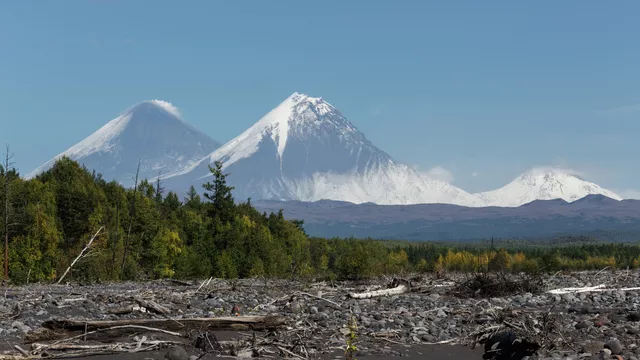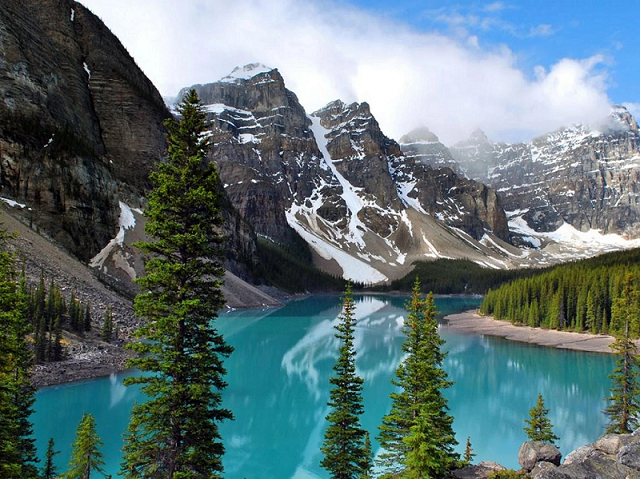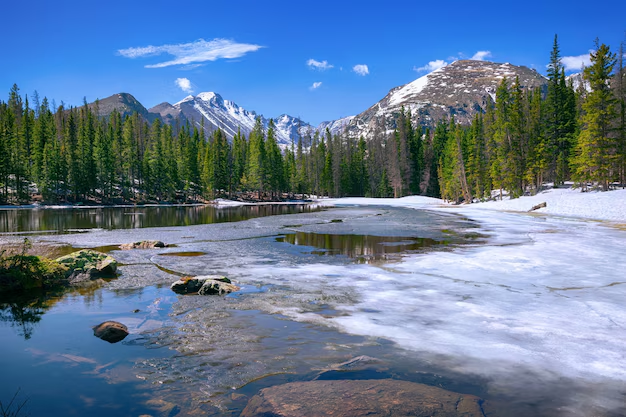Nature of USA
Flora of the United States
The United States is home to approximately 17,000 species of vascular plants, alongside tens of thousands of other plant and plant-like organisms, such as algae, lichens, fungi, and mosses. Additionally, about 3,800 non-native species of vascular plants have established themselves outside of cultivation, along with a smaller number of non-native non-vascular plants. The U.S. boasts one of the world's most diverse temperate floras, rivaling that of China.

Several biogeographic factors contribute to this diversity. While most of the country has a temperate climate, Alaska features vast arctic regions, southern Florida and Hawaii are tropical, and the U.S. territories in the Caribbean and the Pacific also contribute to this tropical diversity. Alpine summits are present in many western mountains and a few in the Northeast. The U.S. coastline borders three oceans: the Atlantic (including the Gulf of Mexico), the Arctic, and the Pacific. The country shares long borders with Canada and Mexico and is relatively close to the Bahamas, Cuba, other Caribbean islands, and eastern Asia. This diverse geography includes rainforests and some of the world's driest deserts.
The native flora has provided the world with numerous horticultural and agricultural plants, including ornamental species such as flowering dogwood, redbud, mountain laurel, bald cypress, southern magnolia, and black locust, all now cultivated in temperate regions worldwide. Food plants such as blueberries, black raspberries, cranberries, maple syrup and sugar, and pecans, as well as timber trees like the Monterey pine, also originate from the U.S.
Some native U.S. plants, such as Franklinia alatamaha, have become extinct or extinct in the wild. Others, like Micranthemum micranthemoides, have not been observed in decades but may still exist. Thousands of native U.S. vascular plants are considered rare, threatened, or endangered, either globally or within specific states.
Fauna of the United States
The fauna of the United States includes all animals inhabiting the Continental U.S. and its surrounding seas and islands, the Hawaiian Archipelago, Alaska in the Arctic, and several island territories in the Pacific and the Caribbean. The U.S. hosts many endemic species found nowhere else on Earth. Lying within the Nearctic, Neotropic, and Oceanic faunistic realms, the U.S. shares much of its flora and fauna with the rest of North America.
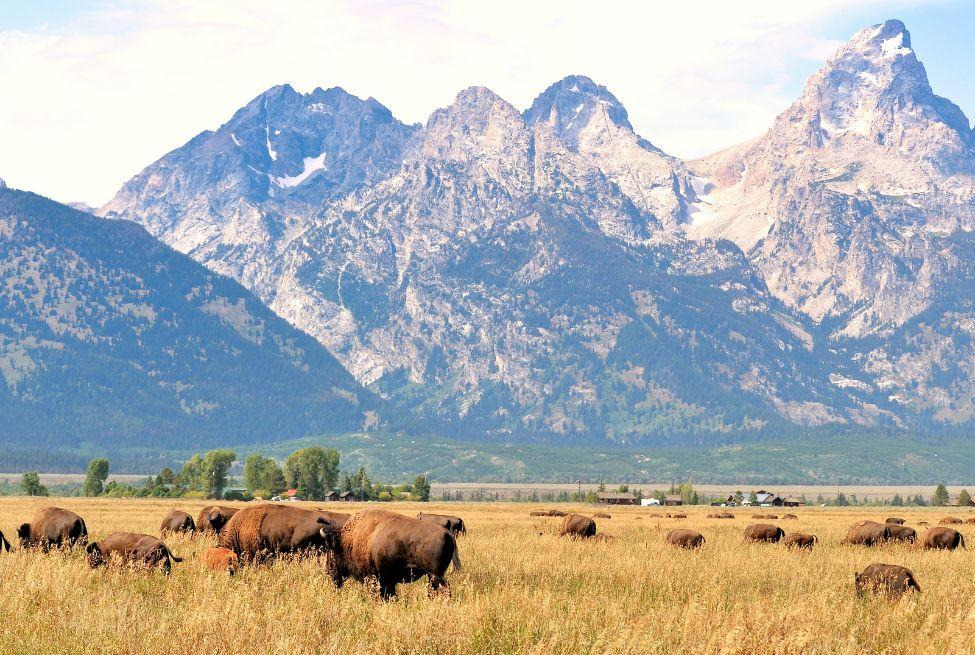
An estimated 432 mammal species characterize the fauna of the continental U.S. There are over 800 bird species and more than 100,000 known insect species. Additionally, the U.S. is home to 311 known reptile species, 295 amphibian species, and 1,154 known fish species. Widely distributed animals across the lower 48 states include the white-tailed deer, bobcat, raccoon, muskrat, striped skunk, barn owl, American mink, American beaver, North American river otter, and red fox. The red-tailed hawk is one of the most widespread hawks in the U.S. and the Americas.
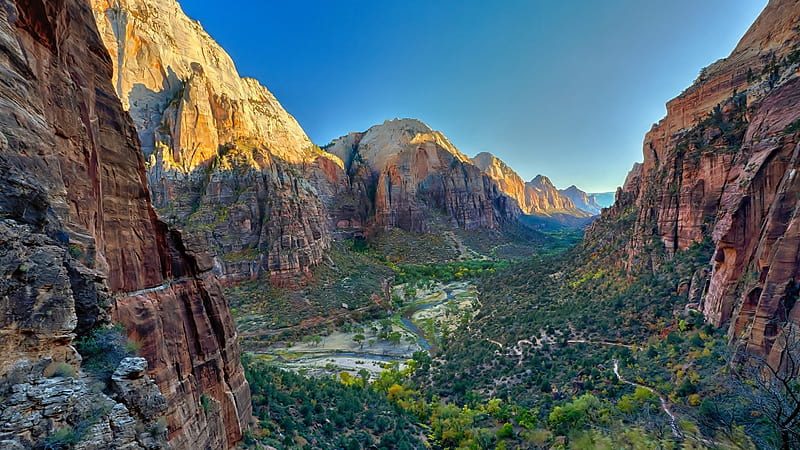
Many unique wildlife habitats are protected as national parks. By 2013, the U.S. had more than 6,770 national parks or protected areas, covering over 1,006,619 square miles (2,607,131 km²). The first national park, Yellowstone National Park in Wyoming, was established in 1872 and is renowned as the finest megafauna wildlife habitat in the U.S. Yellowstone hosts 67 mammal species, including the gray wolf, the threatened lynx, and the grizzly bear.

